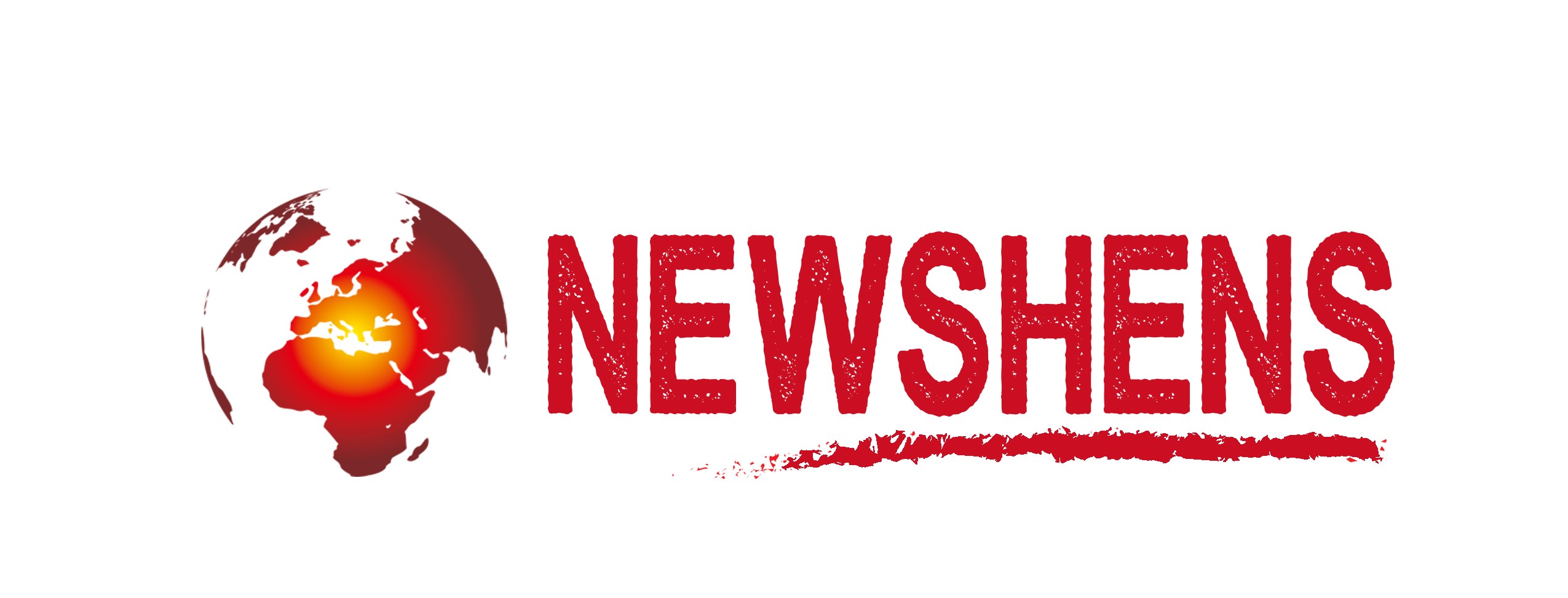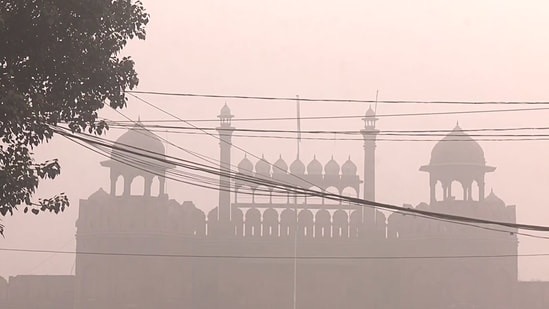A dense layer of smog enveloped Delhi for the fourth consecutive day and the AQI was recorded at 406 as of 8 am on Saturday morning. The air quality in the national capital continues to remain a concern amongst the people as the AQI reaches hazardous levels, falling under the ‘severe’ category and posing serious health threats including respiratory issues, eye irritation, and increased risk of cardiovascular problems.
A dense layer of smog enveloped the city of Delhi for the fourth consecutive day and the Air Quality Index (AQI) was recorded at 406 as of 8 am on Saturday morning, according to the Central Pollution Control Board (CPCB).
Drone visuals taken at 6.45 am show a blanket of smog covering the entire area near All India Institute Of Medical Sciences (AIIMS) in Delhi.
Smog also engulfed the area near Pragati Maidan as the pollution levels continue to remain high. The AQI of Pragati Maidan and surrounding areas including ITO was recorded at 357 this morning, which is categorised as ‘very poor.’
Visuals from Sarai Kale Khan shot at 7.15 am also show smog envelop the capital city early Saturday morning.
The area around Kalindi Kunj also remained covered in smog with AQI in the severe category. High rise buildings in the area were engulfed in smog, reducing its visibility to the bare eyes.
Meanwhile, as the pollution level continues to remain high, toxic foam primarily caused by untreated industrial effluents, sewage discharge, and high phosphate levels from detergents, was observed in sections of the river near Kalindi Kunj and Okhla Barrage.
The residents of Delhi are raising alarm over air quality levels, with an AQI that has been hovering in the “severe” category in multiple areas.
Prateek Jain, a local who came for an early morning run at India Gate spoke about the pollution and AQI levels and said, “While running, we are getting more tired, we need frequent breaks, there is coughing and the throat is also hurting. We are not able to run longer due to pollution.”
The area around India Gate recorded an AQI of 414, categorised as ‘severe’ according to the Central Pollution Control Board (CPCB).
Likewise, smog covered the Raj Ghat and surrounding areas. The drone visuals were shot at 7.30 am.



